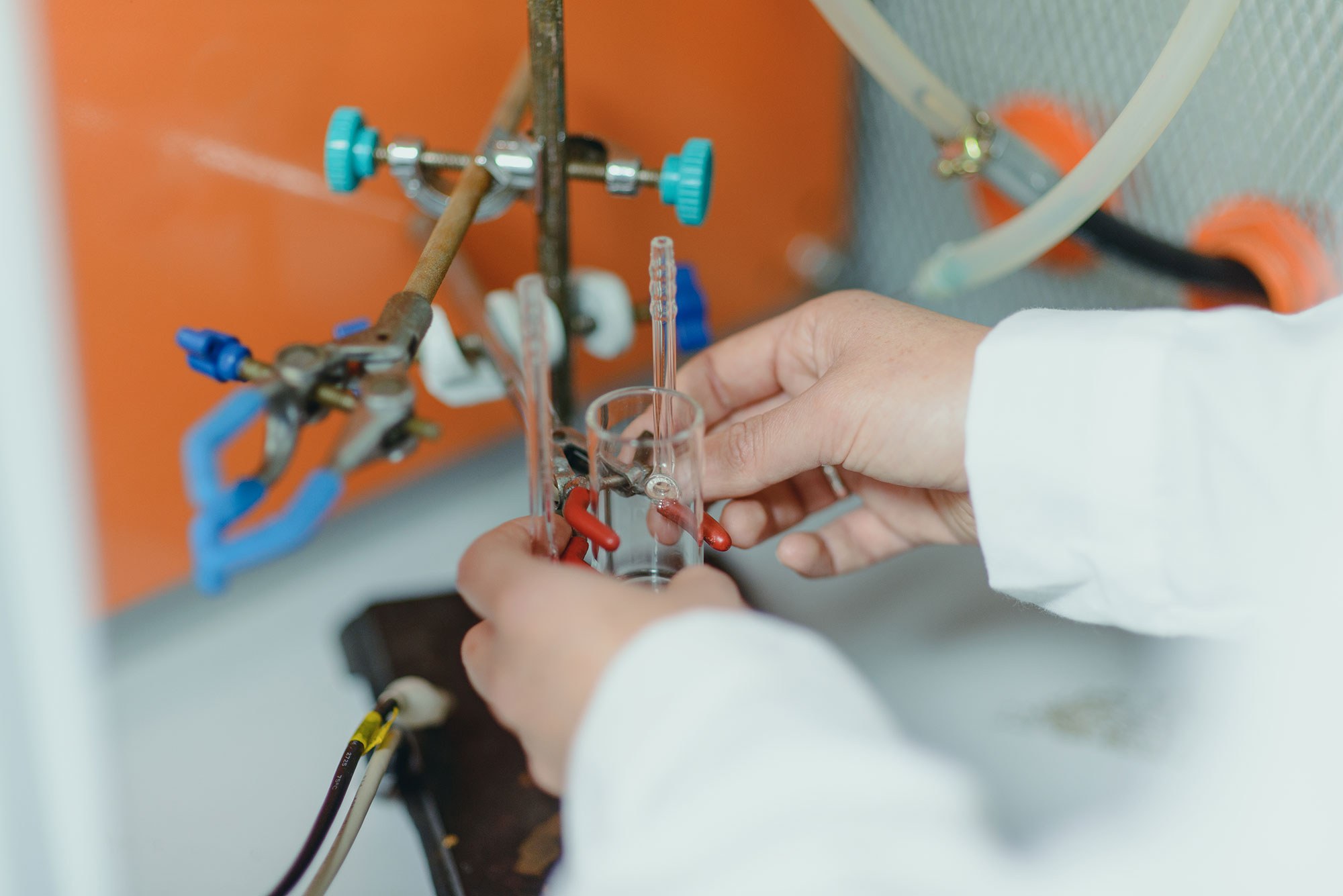Ahumada, M., Wang, Y., Franco, W. (2019). Nanomaterials for Engineering the Treatment of Skin Wounds. In: Alarcon, E., Ahumada, M. (eds) Nanoengineering Materials for Biomedical Uses. Springer, Cham. https://doi.org/10.1007/978-3-030-31261-9_6
Abstract: The skin is the largest organ in the human body; however, it is only a few millimeters thick. Among the main functions of the skin are to serve as a barrier for protection against physical and biological insults, as a thermal regulator to control internal temperatures, and as a sensor of physical stimulus that could lead to pleasant or harmful experiences. This highly-integrated sensory and regulatory armor is also capable of self-repair in response to injury, albeit the quality and extent of healing are determined by the skin condition and the type and size of the wound. In general, the wound healing process of skin comprehends four stages, which are hemostasis, inflammation, proliferation, and remodeling. These stages can be affected by internal physiological conditions and external environmental factors compromising the healing of the wound, for example, chronic wounds and bacterial infections. This chapter opens with an overview of the physiology of skin and skin wound healing. This overview is followed by a review of nanomaterial technologies and methods that have been investigated for the treatment of skin wounds. The chapter ends with an outlook of nanotechnology strategies for improving the treatment of skin wounds.
Manuel Ahumada
manuel.ahumada@umayor.cl


